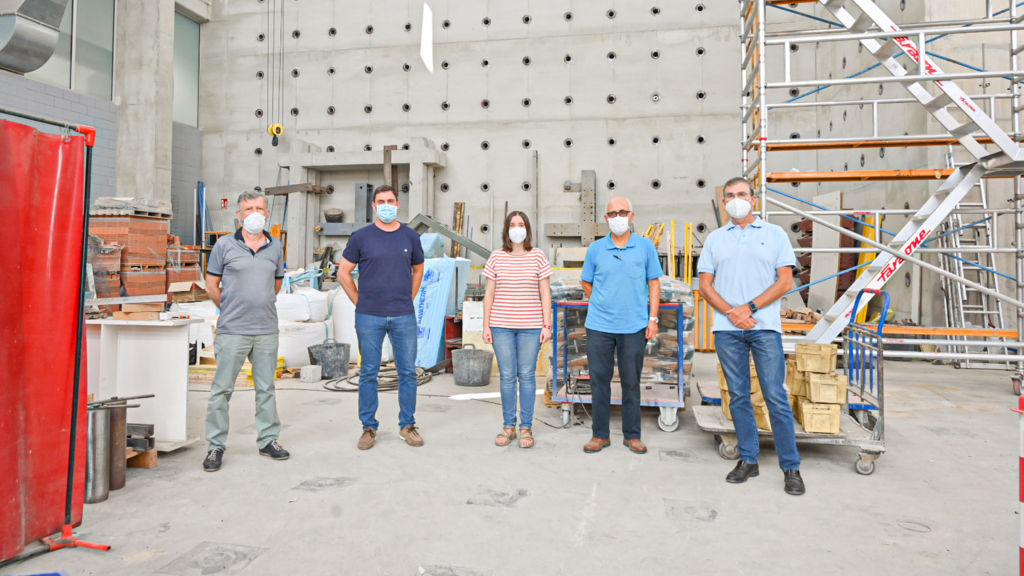
A team from the Universitat Politècnica de València (UPV) and the Politecnico di Milano has designed, within the framework of the European ReSHEALience project, new ultra-resistant and self-repairing concrete materials. In cracking situations and compared to conventional high-performance concrete, they have 30% more durability. In the event of a crack, it is able to repair itself automatically thanks to the application of self-healing techniques.
“These properties are possible mainly thanks to the design of the mixture and the use of components such as crystalline additives, alumina nanofibers and cellulose nanocrystals, which are capable of improving the ability of the material to repair itself”, says Pedro Serna, researcher of the Institute of Concrete Science and Technology (ICITECH) of the Polytechnic University of Valencia.
Another advantage of these new cementitious materials is the reduction of both ordinary and extraordinary maintenance work, being able to exceed the usual limits (50 years) of current design codes. And among their applications, they are especially suitable for infrastructures subjected to extremely aggressive environments such as, for example, marine or near-shore constructions, as well as geothermal power plants.
“In this project we are demonstrating how the durability of cementitious materials becomes a characteristic that can be designed through the synergy between the composition of the material and the structural conception. We have designed and are testing new cementitious compounds with the capacity for structural self-repair in the cracking phase, which is the usual state faced by a reinforced concrete structure ”, points out Marta Roig Flores, researcher at ICITECH.
In this way, ResHEALience represents a change from the concept of durability of the material understood as passive protection against external aggressions to an “active” vision of it.
More information:
http://www.upv.es/noticias-upv/noticia-13247-proyecto-reshe-es.html

